About an hour outside of Vienna is a beautiful region of Austria – the Wachau Valley. It follows the Danube river, and is known for its rolling hills, amazing vineyards, Richard the Lionheart (a King of England in the 1100s who was imprisoned here) and Melk Abbey. The region is well worth dedicating a couple of days to exploring as there is lots to discover.
To visit the area, you could travel by car, however we chose to explore by a combination of bike and boat. From Vienna we took the train to Krems and then cycled along the river to Dürnstein, through the countryside stopping at wineries along the way. We also took a boat trip to visit Melk Abbey and admire Aggstein castle.
Contents
Wachau Valley Itinerary Day 1
Start the day with a idyllic cycle ride along the Danube
Cycling along the Danube is a really special experience. We did this by taking a train from Vienna to Krems, and then cycled through the Austrian countryside. You could do this as an organised tour, or just hire your own bikes. Wachau bikes are great as they can drop the bikes off and collect from your accommodation in the Wachau region and you can rent for a day, a few days or a week – whatever suits your visit.
We chose to start in Krems, taking in the beautiful towns and countryside along the way, until we reached Dürnstein, which takes around 30 minutes.
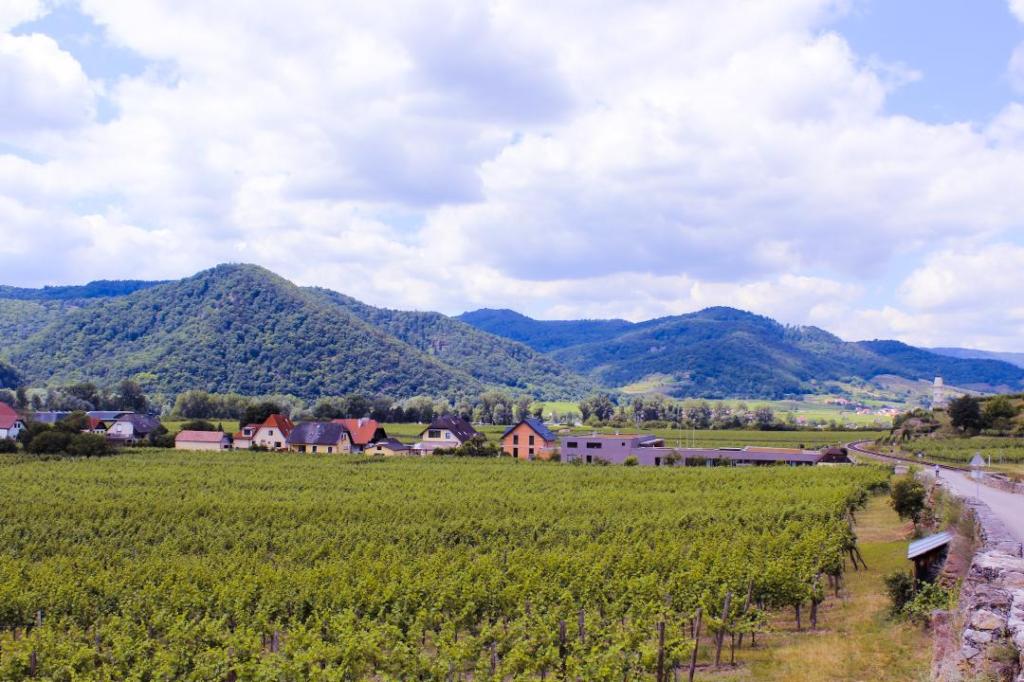
Explore historic Dürnstein
Dürnstein is quite popular with tourists given its scenic spot on the Danube and famous castle. Getting to the castle is a steep climb, but it is worth it to visit the place where Leopold V, Duke of Austria, held Richard the Lionheart captive in 1192 following their dispute during the third crusade. It was also amusing to see reference to Robin Hood around Dürnstein!

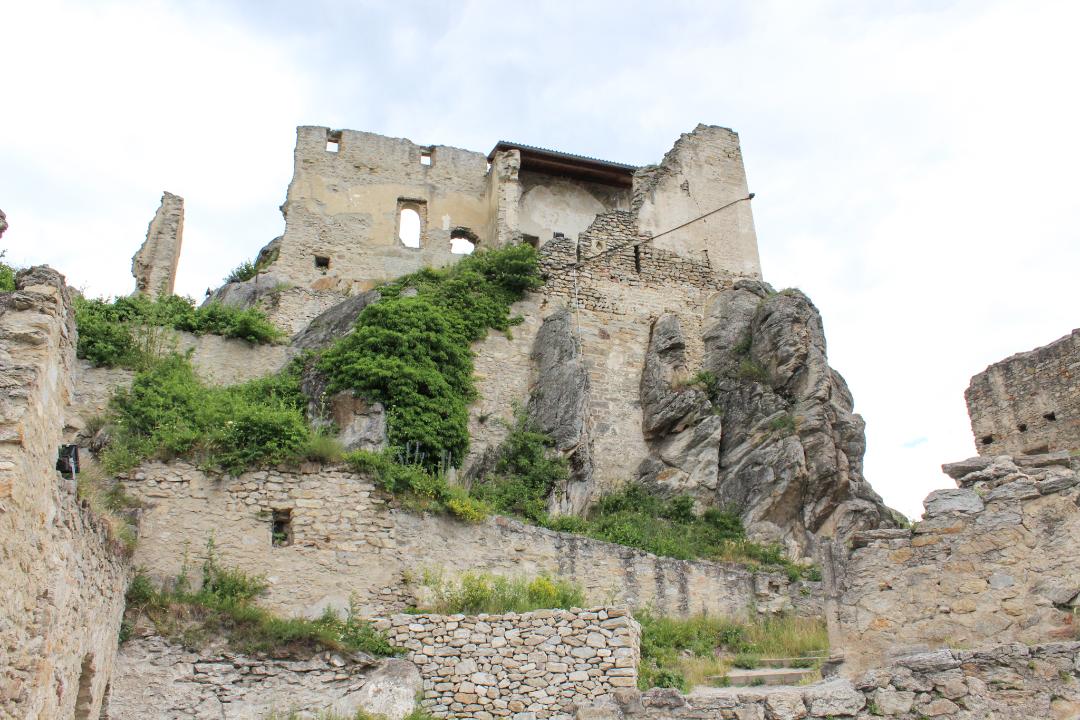
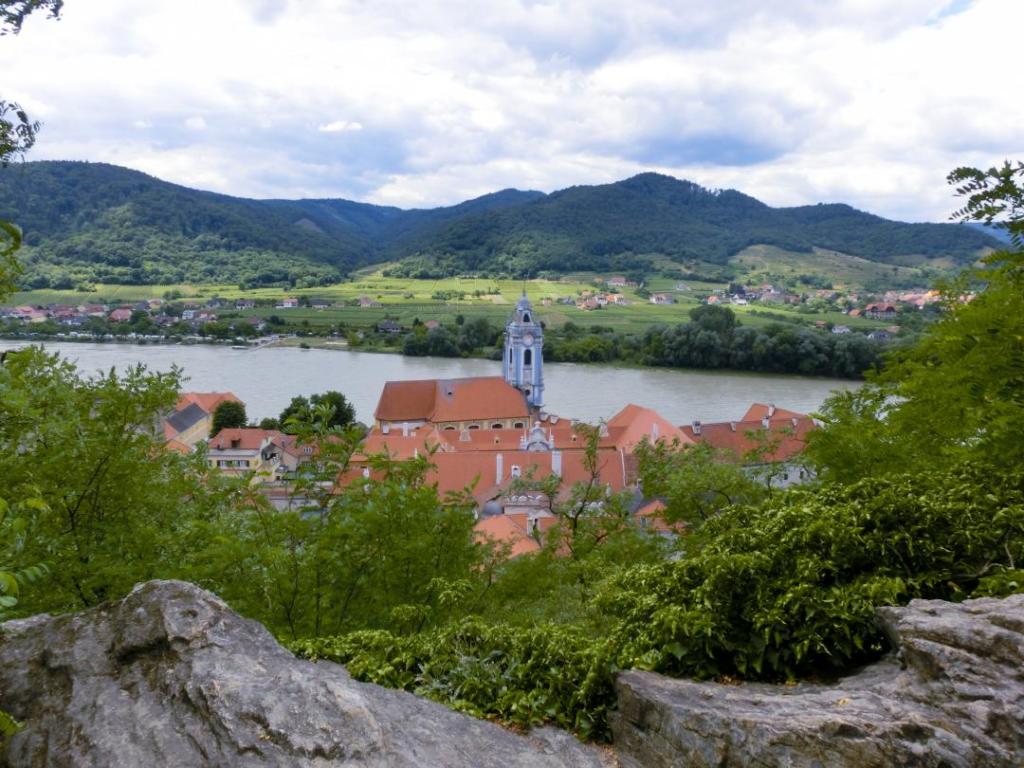
Wine tasting at Domäne Wachau
Cycle the short way to Domäne Wachau – an amazing spot for some local wine tasting (what could go wrong, drinking wine before getting back on a bike!). Tasting takes place at local ‘Heurigen’ which are family owned farms only allowed to open from time to time because the family are farmers and the sale of alcohol is not the main business. Cartwheels or ship wheels are displayed outside when the heurigen open for wine tasting.
We learnt that the Wachau region specialises in dry white wines which are classified in three categories according to alcohol level. (i) Steinfeder – light and sparkling with an alcohol content not exceeding 11%. (ii) Federspiel – made with riper grapes and having an alcohol content of 11-12.5%. (iii) Smaragd – contains at least 12.5% alcohol. This category is sought after and critically acclaimed with the potential to age for over 20 years.
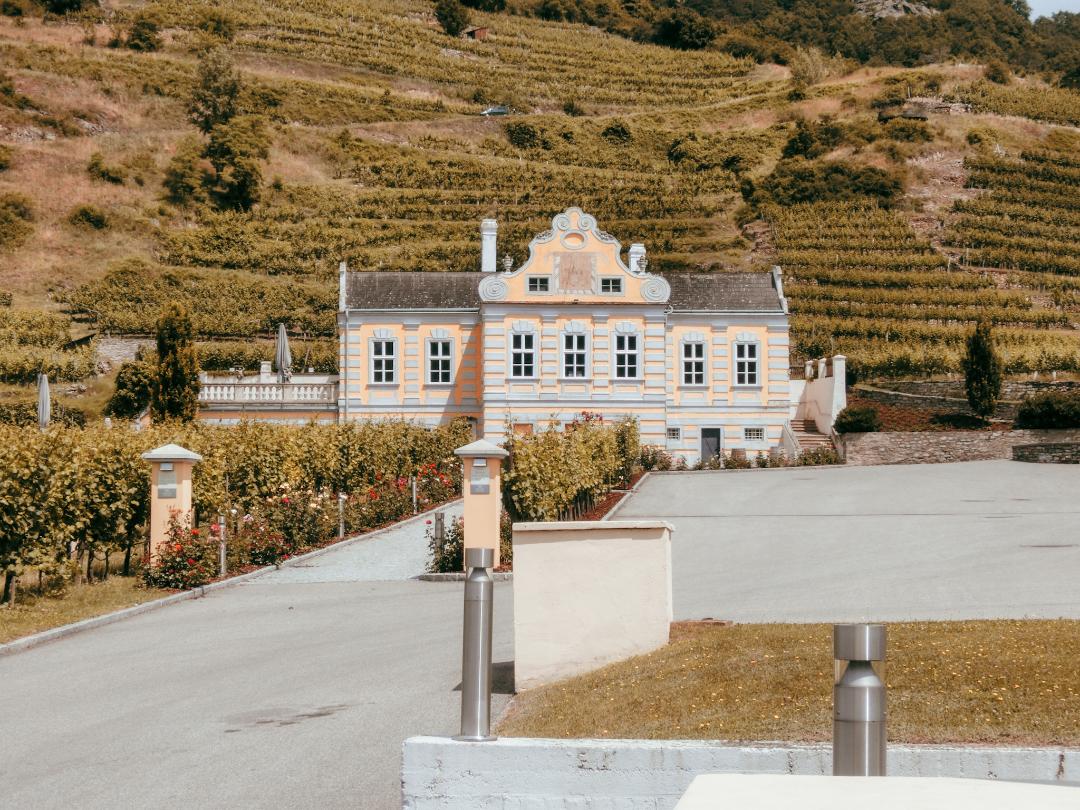
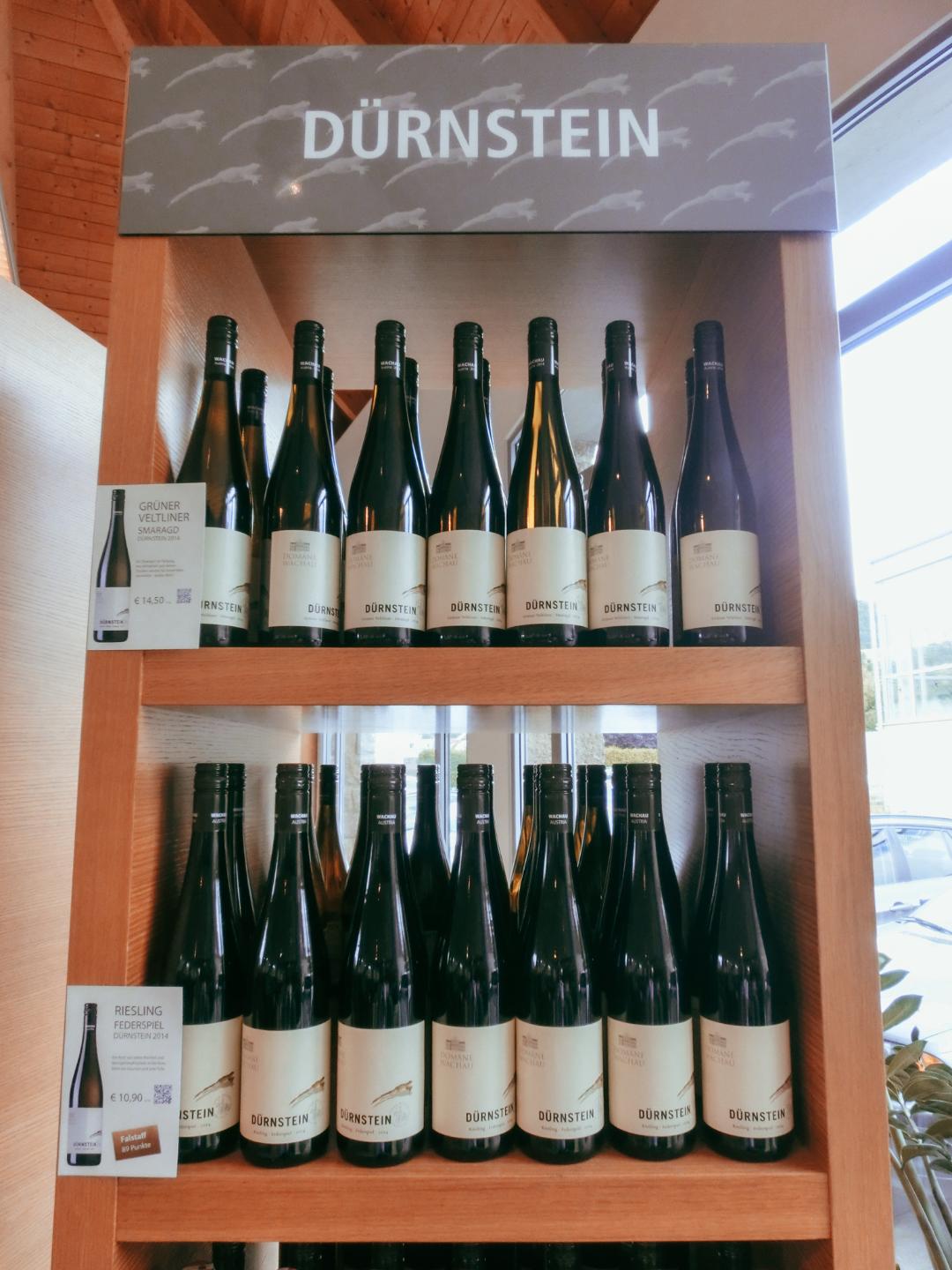
Wine tasting time
Pedal on to Weißenkirchen
After a further 30 minutes of pedalling along the picturesque Danube, you will arrive at Weißenkirchen. Here there is a lovely church, a museum on the Wachau region…and of course, plenty more wine tasting options. It’s also a great spot for dinner before starting the pedal on to Spitz to finish day 1.

Wachau Valley Itinerary Day 2
Visit Aggstein Castle
From Spitz, we got up early and cycled 30 minutes to the famous Aggstein Castle. This ruined castle sits right on the banks of the Danube, and enables you to step back in to Medieval times by exploring the remaining walls, rooms and passages. It’s also well worth exploring some of the hiking trails around the castle, as the views they provide across the ruins and the Danube are spectacular.
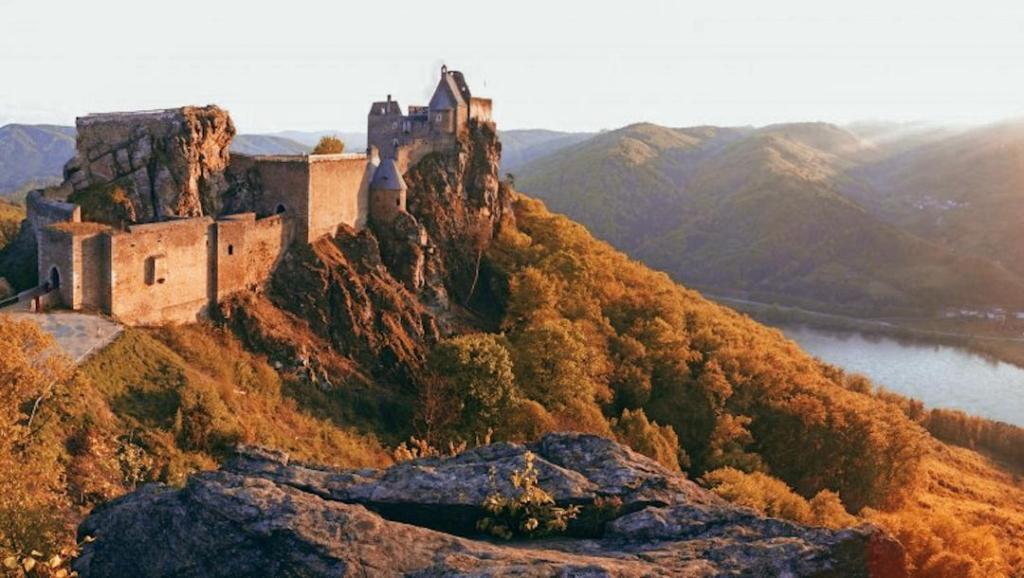
Danube cruise including Schloss Schönbühel
We then chose to head back to Spitz, and take a Danube cruise down to Melk. The cruise takes around 1-1.5hours and provides lovely views of quaint towns along the river. There are also multiple castles right on the river front, including Schloss Schönbühel, which was built in the 12th century. Unfortunately it is privately owned so visitors are not allowed, with only the Monastery on site being accessible.


Melk Abbey
Disembarking the river cruise to the final stop of the day – Melk Abbey is a Benedictine abbey sitting high above the town of Melk. The abbey dates all the way back to 1089, though today’s version was built in the 1700s. Luckily it has managed to escape dissolution, the Napoleonic Wars and the World Wars, to remain a special and beautiful place.
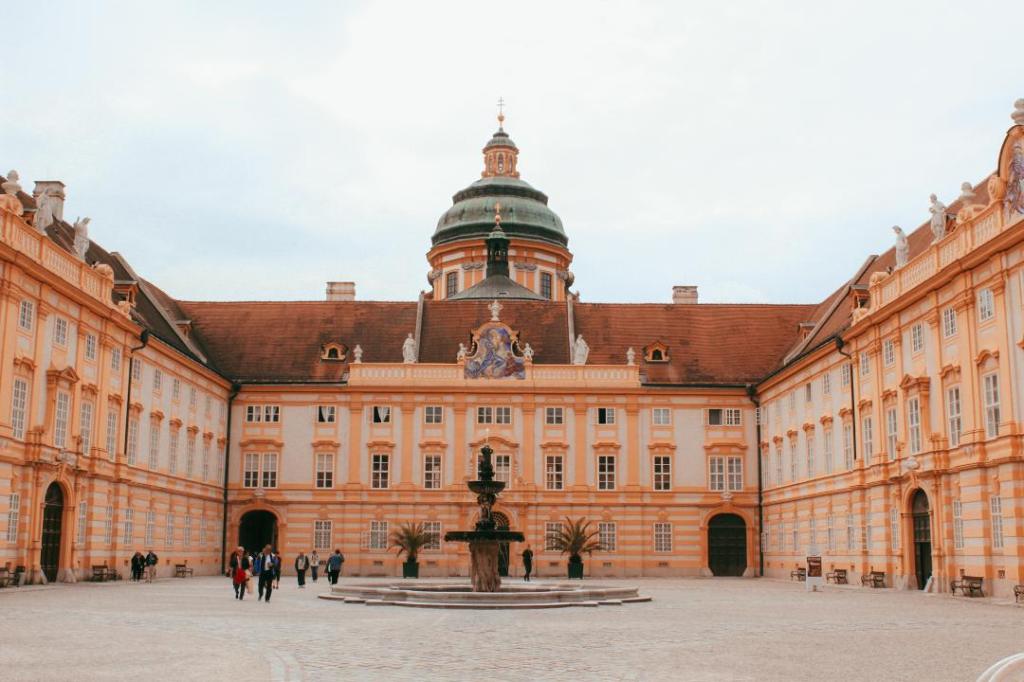
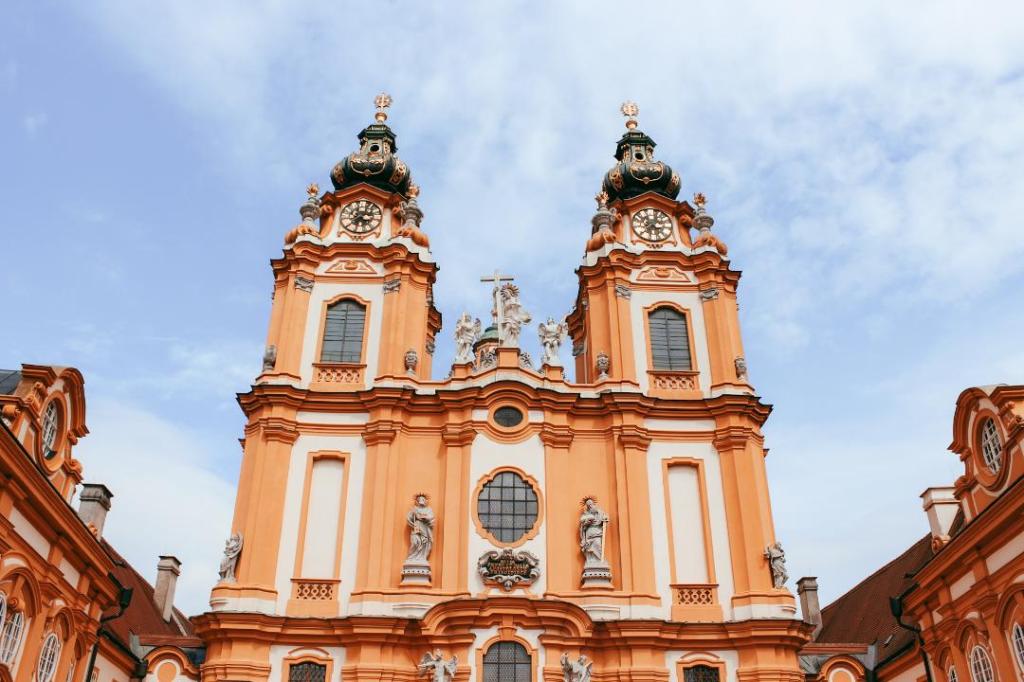

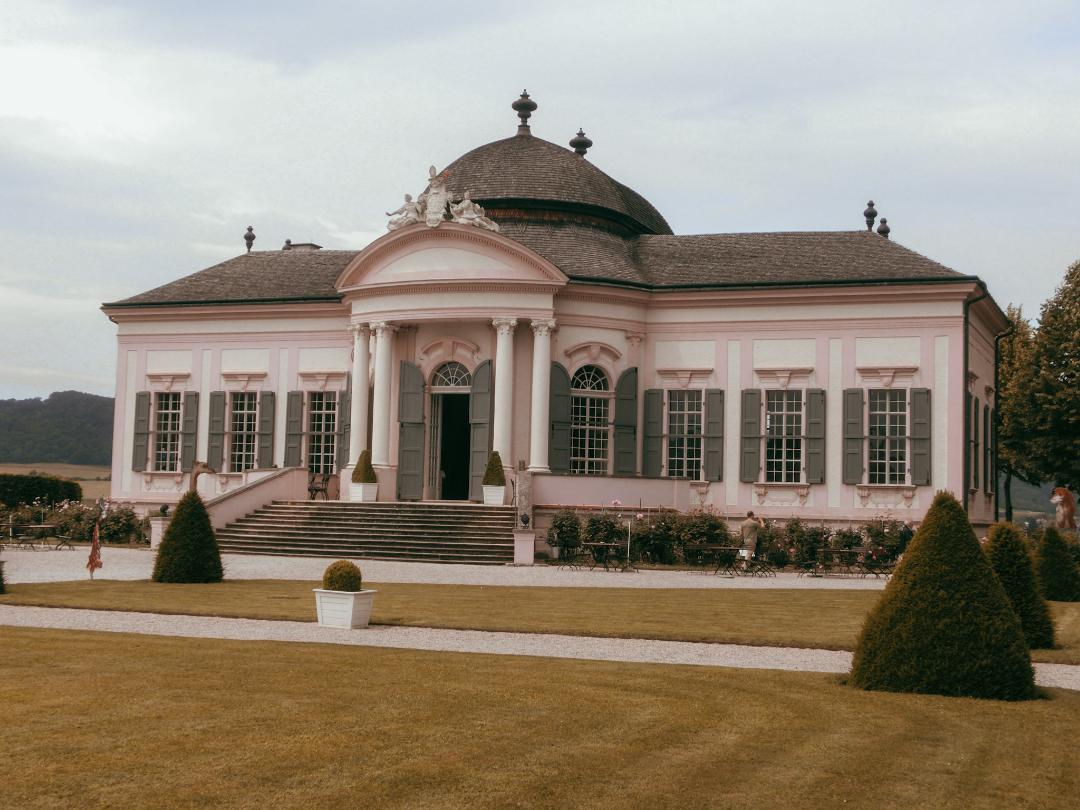
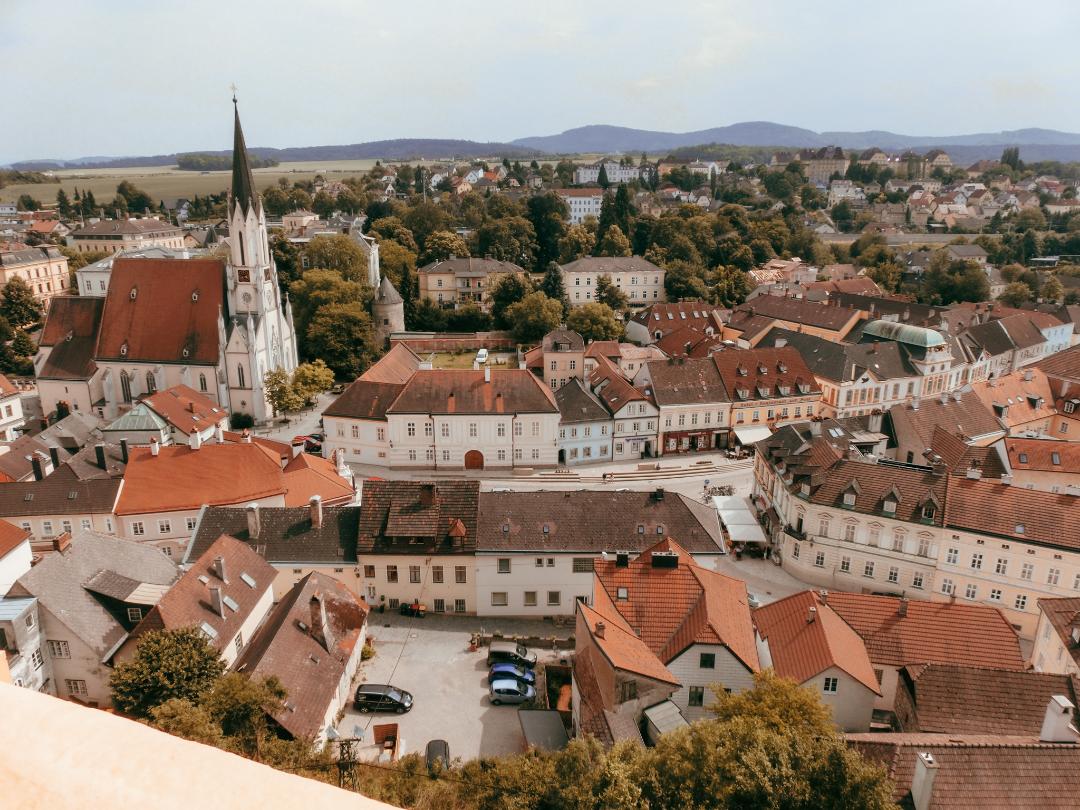
Inside the abbey (left), the abbey gardens (top right) and view down to Melk from the abbey (bottom right)
Once finished at the Abbey, relax on the cruise back to Spitz and enjoy a nice dinner and well earned rest, after a busy and active 2 days exploring the very special Wachau Valley.
Thank you for reading and I hope you found this post interesting and helpful if you’re planning on visiting Austria one day. Stay safe and happy travelling!

Leave a comment